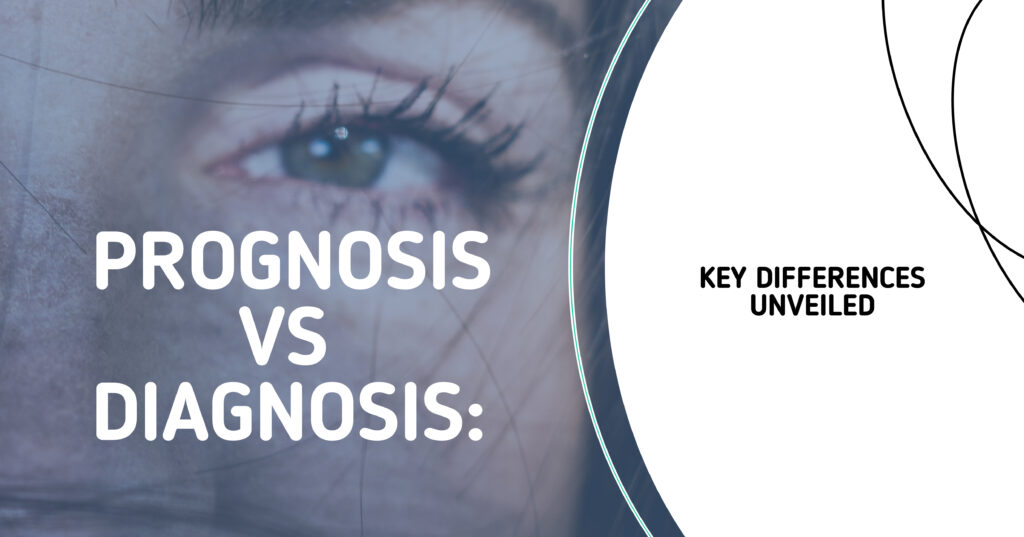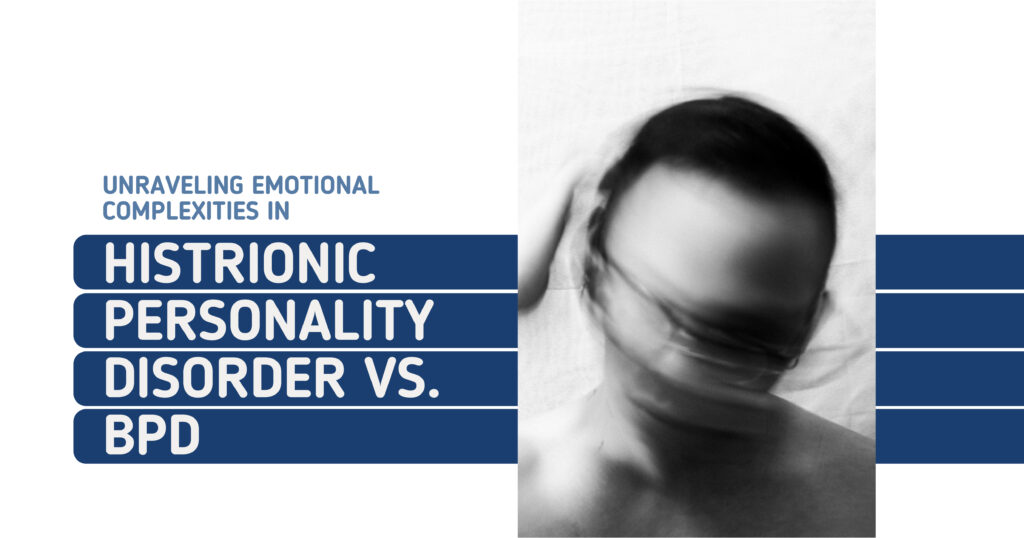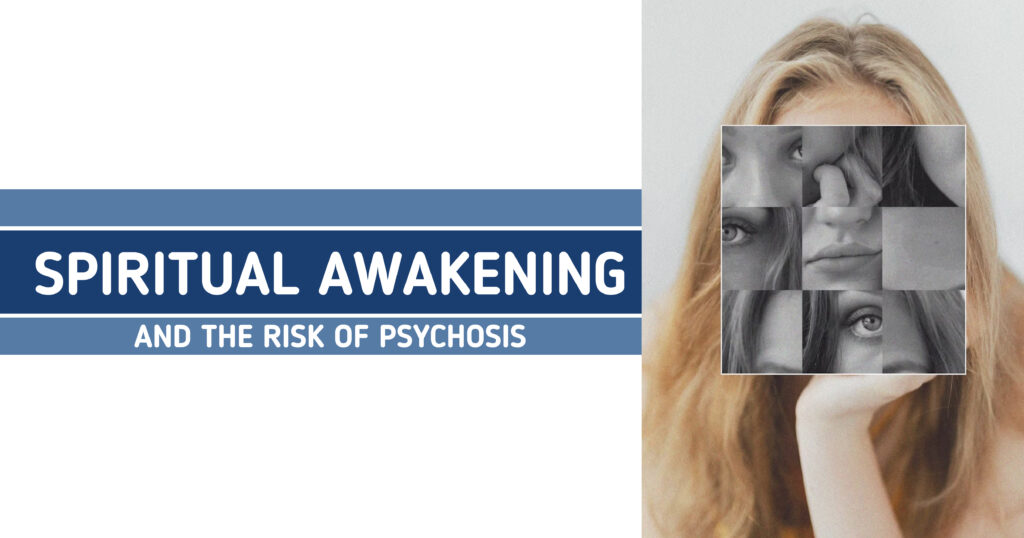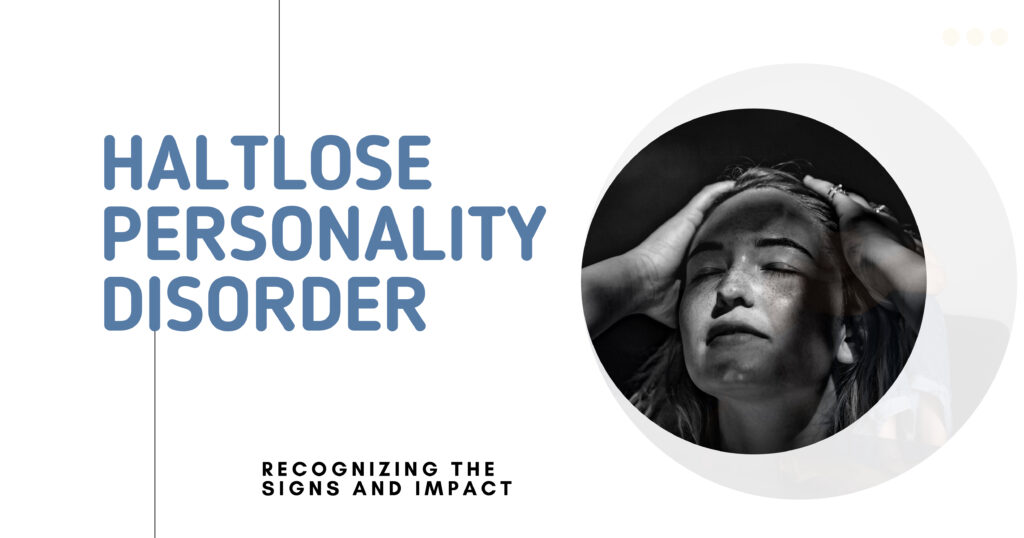In the world of healthcare, clear communication can be just as important as treatment itself. Yet, many patients and families find themselves confused by terms like “diagnosis” and “prognosis,” words that sound similar but play very different roles in a person’s medical journey. Understanding the difference between the two is essential for navigating care, setting expectations, and making informed decisions.
According to a report by the National Center for Health Statistics, nearly 85% of U.S. adults had contact with a healthcare professional in the past year, many undergoing diagnostic procedures or receiving clinical predictions about their condition. Still, a large number leave appointments unsure of what their diagnosis means or how their prognosis may shape their future.
In this blog, we’ll break down the key differences between prognosis vs diagnosis, explain how each plays a role in medical assessment, and clarify how both contribute to treatment planning, symptom analysis, and overall patient evaluation. Whether you’re managing a new health concern or supporting a loved one through illness, understanding these terms can empower you to take control of your healthcare journey.
What Is a Diagnosis?
A diagnosis is often the starting point in any medical journey. It provides clarity by identifying the underlying cause of symptoms and offers a label that healthcare providers use to guide treatment. Without a proper diagnosis, effective care and treatment planning become nearly impossible. Diagnosis is not just about naming a disease – it involves a comprehensive medical assessment that includes history-taking, symptom analysis, and diagnostic testing.
San Diego Mental Health
Defining Diagnosis in Medical Terms
In clinical practice, a diagnosis refers to the process and outcome of identifying a disease, disorder, or condition based on observed signs, reported symptoms, lab results, and imaging.
- Involves gathering patient history, physical exams, and tests (blood work, imaging, etc.)
- Helps confirm the specific illness or condition causing a person’s symptoms
- Guides treatment planning by providing a clinical starting point
- Can be definitive or differential, meaning certain or one of several possibilities
- Essential for insurance coding, medication prescriptions, and referrals to specialists
The Process of Diagnosing a Condition
Diagnosing a medical condition involves more than just identifying symptoms, it’s a structured, multi-step process aimed at accurately identifying the cause of a patient’s health concerns. This process combines clinical expertise, diagnostic procedures, and patient evaluation to ensure an accurate and reliable outcome. Whether the issue is physical or mental, the diagnostic process is key to starting effective treatment and improving overall health outcomes.
Below is a table outlining the typical steps involved in diagnosing a condition:
| Step | Description |
| Patient History | Collection of medical, family, and lifestyle history to identify risk factors. |
| Symptom Analysis | Detailed review of current symptoms, including onset, duration, and severity. |
| Physical Examination | In-person evaluation to check for visible or measurable signs of illness. |
| Diagnostic Testing | Use of lab work, imaging (X-rays, MRI), or screenings to support findings. |
| Differential Diagnosis | Rule out other possible conditions with similar symptoms. |
| Final Diagnosis | Confirm the condition based on all gathered data and clinical judgment. |
| Treatment Planning | Develop a care plan tailored to the diagnosed condition and the patient’s needs. |
Common Diagnostic Tools and Tests
Accurate diagnosis depends heavily on the use of reliable tools and tests that help healthcare professionals confirm or rule out specific conditions. These tools provide critical insights into a patient’s internal health, often revealing issues that aren’t visible through symptoms alone. From basic blood tests to advanced imaging, diagnostic tools are central to modern medical assessment and disease identification.

Here are some of the most commonly used diagnostic tools and tests:
- Blood Tests
- Urinalysis
- X-rays
- MRI (Magnetic Resonance Imaging)
- CT Scans (Computed Tomography)
- EKG/ECG (Electrocardiogram)
- Biopsy
- Psychological Assessments
- Genetic Testing
Understanding Prognosis
Once a diagnosis is made, the next logical question for most patients is, “What happens next?” This is where prognosis comes in. While diagnosis identifies the condition, prognosis helps predict its future course. A prognosis gives both patients and healthcare providers a clinical prediction about the likely outcome of a disease or condition, including recovery expectations, progression, and overall impact on quality of life.
Explaining the Concept of Prognosis
In medical terms, prognosis refers to the forecast of a disease’s likely development, including its potential duration, complications, and chances of recovery. It is based on the diagnosis, medical history, treatment options, and response to care.
- Helps set realistic expectations for recovery, stability, or decline
- Informs treatment planning by anticipating possible outcomes or risks
- Varies widely depending on the type and stage of the condition
- Can be favorable (good), guarded (uncertain), or poor (limited chance of recovery)
- It is dynamic – it may change over time as the patient responds to treatment or as new symptoms develop
Factors Influencing Prognosis
A prognosis is never one-size-fits-all. It’s shaped by a variety of personal, medical, and environmental factors that help predict how a disease or condition may progress. Some individuals with the same diagnosis may recover quickly, while others face ongoing complications. Understanding what influences prognosis helps both patients and healthcare providers plan more effectively for treatment, recovery, or long-term care.
Below is a table highlighting the major factors that can influence a patient’s prognosis:
| Factor | Impact on Prognosis |
| Age | Younger individuals often recover faster; older age can lead to slower recovery |
| Stage or Severity of Disease | Early-stage conditions usually have better outcomes than advanced or chronic stages |
| Overall Health | Patients with strong immune systems or fewer comorbidities often see better outcomes |
| Response to Treatment | A positive response to medication or therapy typically improves prognosis |
| Genetic Factors | Some inherited traits can make conditions more aggressive or resistant to treatment |
| Lifestyle Choices | Habits like smoking, diet, exercise, and alcohol use can significantly affect recovery |
San Diego Mental Health
Key Differences Between Diagnosis and Prognosis
While diagnosis and prognosis are closely linked in the medical world, they serve entirely different purposes. A diagnosis identifies what condition a patient has, while a prognosis predicts what might happen next. Understanding the distinction is crucial for patients, as it shapes not only their current treatment but also expectations for the future.
The table below outlines the fundamental differences between diagnosis and prognosis:
| Category | Diagnosis | Prognosis |
| Definition | Identifies a specific disease or medical condition | Predicts the likely outcome or course of that condition |
| Focus | What is the condition? | What is likely to happen next |
| Timing | Determined at the time of evaluation or testing | Determined after diagnosis, during treatment planning |
| Purpose | Guides immediate treatment decisions | Helps set future expectations and goals |
| Tools Used | Medical history, physical exams, diagnostic tests | Medical records, treatment response, and clinical experience |
| Stability | Typically fixed unless misdiagnosed or updated with new info | Can change based on response to treatment or new developments |
| Examples | “Major depressive disorder,” “Type 2 diabetes,” “Asthma” | “Full recovery expected,” “Chronic condition,” “Guarded outlook” |
Understanding the Challenges in Diagnosing and Prognosing Medical Conditions at San Diego Mental Health
Diagnosing and prognosing medical conditions are complex tasks that require more than just clinical knowledge, they demand a deep understanding of the patient’s full story. Healthcare providers must interpret symptoms, perform diagnostic procedures, evaluate risk factors, and apply clinical judgment to predict outcomes accurately.
At San Diego Mental Health, we recognize that no two patients are the same, and both diagnosis and prognosis must be personalized, compassionate, and thorough. Contact us today to learn more about the many mental health services we offer.
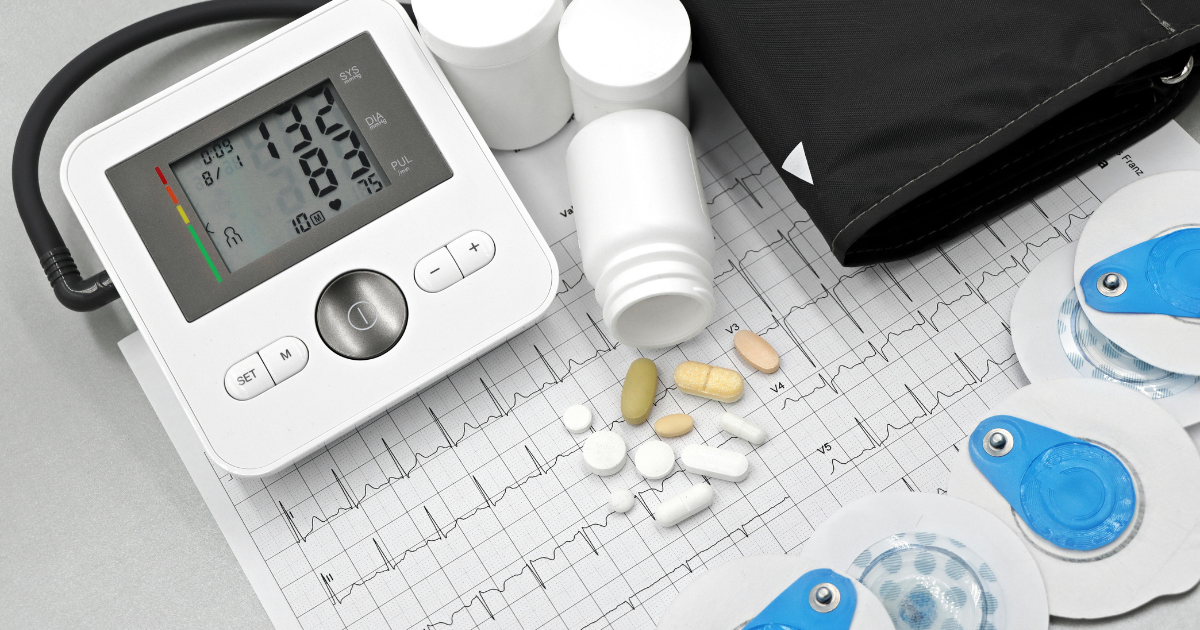
FAQs
What are the key elements involved in a thorough medical assessment to determine an accurate diagnosis and prognosis?
A thorough medical assessment includes patient history, physical exams, laboratory testing, and imaging studies. These components help identify the condition (diagnosis) and provide insights into its likely progression (prognosis), forming the foundation of effective patient care.
How does patient evaluation play a role in differentiating between a diagnosis and a prognosis?
Patient evaluation helps clarify the current medical condition through observed symptoms and test results, which defines the diagnosis. At the same time, it provides context, such as age, comorbidities, and lifestyle, that shapes the prognosis and informs the long-term care approach.
In what ways do clinical prediction models assist healthcare providers in disease identification and treatment planning?
Clinical prediction models use statistical tools and patient data to estimate disease risks and likely outcomes. They enhance diagnostic accuracy and support evidence-based treatment planning by forecasting how a patient might respond to various interventions.
How important is symptom analysis in the diagnostic procedure, and what impact does it have on health forecasts?
Symptom analysis is critical in narrowing down possible conditions and ensuring an accurate diagnosis. It also informs the prognosis by helping providers determine the severity and stage of the illness, influencing the overall health forecast.
San Diego Mental Health
What factors in treatment planning are directly influenced by the accuracy of a diagnostic procedure?
Accurate diagnosis ensures that treatment planning is specific, timely, and targeted to the patient’s actual condition. It reduces the risk of complications, minimizes trial-and-error prescribing, and leads to better long-term outcomes and health forecasts.





